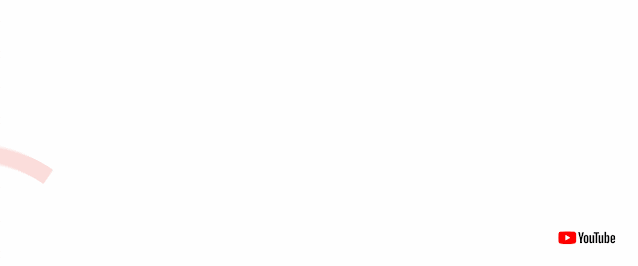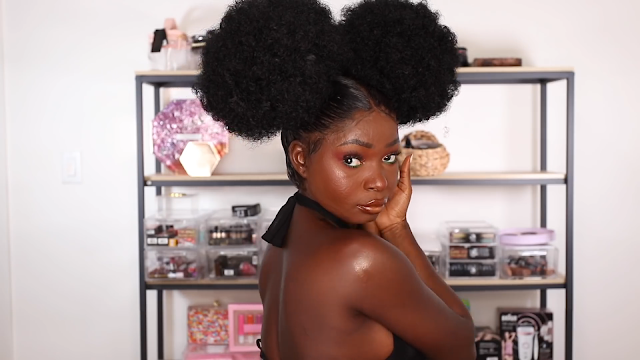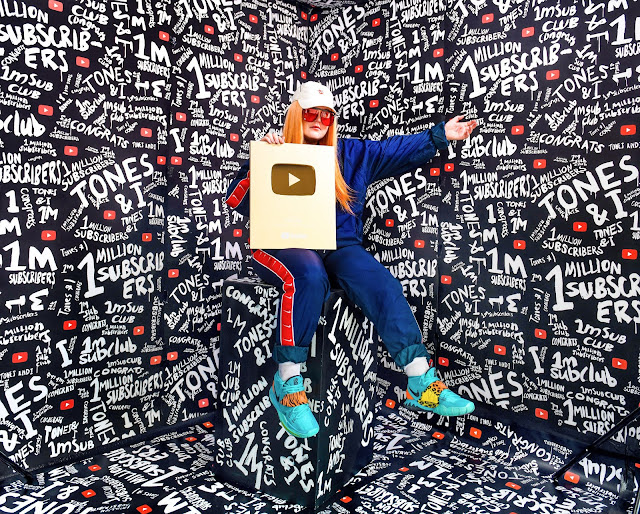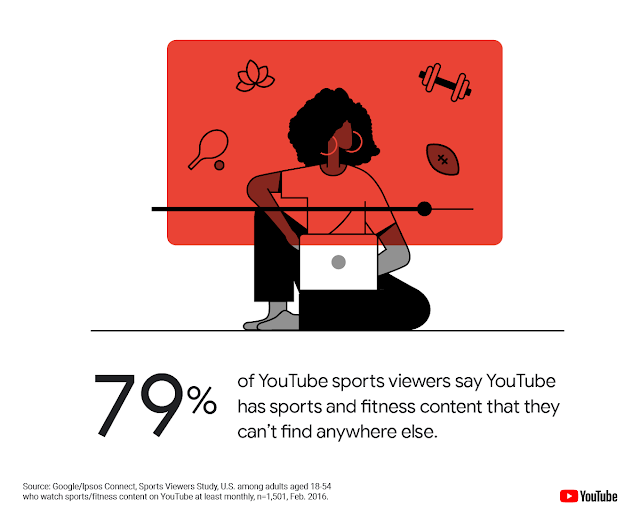The debate over Australia’s News Media Bargaining Code is part of a bigger conversation about the nature and direction of the internet itself.
The modern internet was designed to empower individuals — as a free, open and democratic system for the exchange of information. From its early origins in the 1960s and 70s to the massive expansion of the world wide web in the 1990s and 2000s, this design made it possible for anyone to improve the net with new ideas and applications.
At the same time, it opened up unprecedented access to information and services, with the number of websites globally growing from a few million two decades ago to more than 1.7 billion in 2019. As the internet expanded, these new websites — and the people and businesses that owned them — captured the growth in advertising revenues that came with the digital age.
Google was founded to help users find information in this ocean of webpages. It helps to connect people to millions of businesses, service providers and knowledge sources, and enables website owners to earn money through online advertising.
But while Google — and YouTube — open up a vast range of information, products and services, only a small portion of it relates to traditional news sources. The truth is that news content makes up a tiny proportion of the things people search for online (1 percent, in Australia). People’s searches reflect the priorities in their lives. Even if Google disappeared overnight, Australians would still need to use the internet to find a job, car, restaurant or plumber; to learn a language or get a red wine stain out of the carpet.
The reason news businesses are making less revenue is not because Google exists. It is because in a much more open and diverse digital market, news businesses began to face competition from websites that have taken classified advertising online, including Australian platforms like Seek and Domain. In Australia, recent research from AlphaBeta makes clear that these companies have contributed to the vast majority of the recent decline in newspaper revenues. Google’s impact has been completely different: opening up an entirely new market, search advertising, helping small-to-medium businesses establish an online presence.
It would be no more reasonable to try to return to an environment where publishers’ revenues were protected than it would be to expect Australians to go back to the Yellow Pages, Encyclopedia Britannica or Microfiche for their sources of information. The world has changed. Yet in advocating a code that serves their interests only, certain Australian news businesses are effectively arguing for the Australian Government to turn back time — to make the open internet significantly less open and its business models dramatically less diverse.
One of the key arguments behind the code is the idea that Google should pay for news content that ‘is made available’ through Search results. But that’s not how search engines work, or should work, nor how people use them. When you search online, no matter what you’re looking for, you get links and in most cases one or two lines of text (called ‘snippets’). In the case of a news article, you only get the chance to read the full piece after clicking through to the publisher’s site. Links are the cornerstones of open access to information online; requiring a search engine (or anyone else) to pay for them undermines one of the fundamental principles of the internet as we know it today.
The draft code would distort the open internet in other ways. Under a law forcing digital platforms to turn over information about algorithm changes, news businesses would gain access to privileged knowledge above every other business striving to compete for visibility and grow. Not only that, by imposing an arbitration model that considers only publishers’ costs and claims, it incorrectly supposes that news content always has a higher value to users than any other kind of online information or service. Raw data and human behaviour tell us this is a fallacy.
As it is currently framed, both the premise of the code and the approach it sets out are deeply flawed. Digital platforms do not owe publishers compensation for the emergence of an internet-based economy. And undermining the foundations of a democratic internet is not a sustainable solution to one industry’s economic challenges.
None of this is to deny that the news industry has a vital role in the working of democracy and the spread of knowledge. It does, and that role should be supported appropriately — as Google is seeking to do through commercial partnerships.
Nor is this an argument about the merits of regulating technology at all. Around the world, as the internet expands and evolves for the better in areas like health and education, it also poses new challenges. Governments are rightly seeking to design sensible rules that can keep pace — and, where needed, keep people from harm.
The draft news media bargaining code is not this kind of regulation. On the contrary, it is an intervention that would distort access to information and disadvantage Australians who rely on Google to share their voice and run their business. It would introduce bias into systems that were designed to be fair, and undercut a democratic internet where people compete not on their political influence, but on the value of their content.
Google is working with the Australian Government to resolve the evident issues with the draft code and bring balance into the final version of the law. Anything else would represent a backward step towards a world that no longer exists—not just for Australia’s digital economy, but for the open internet globally.




